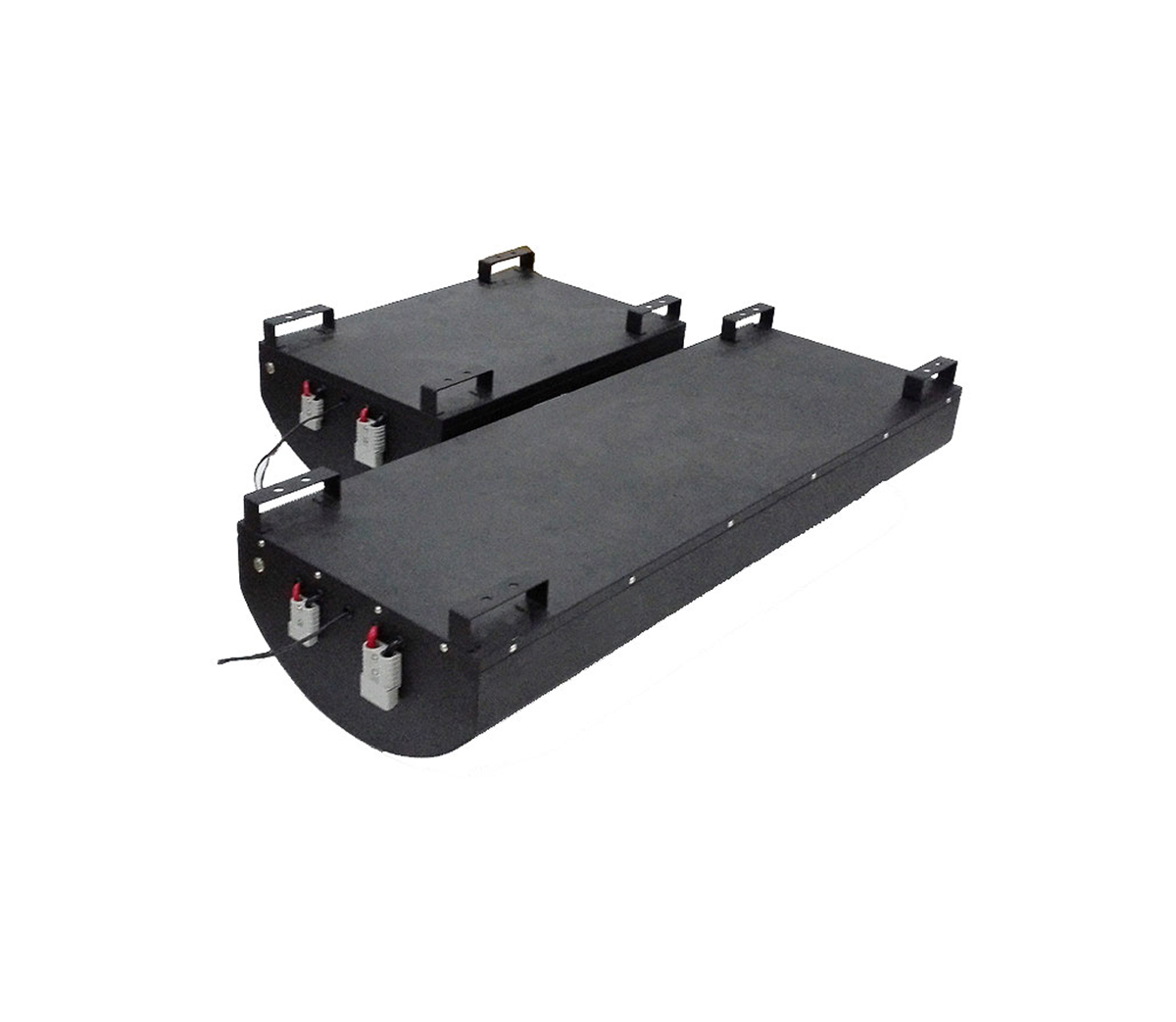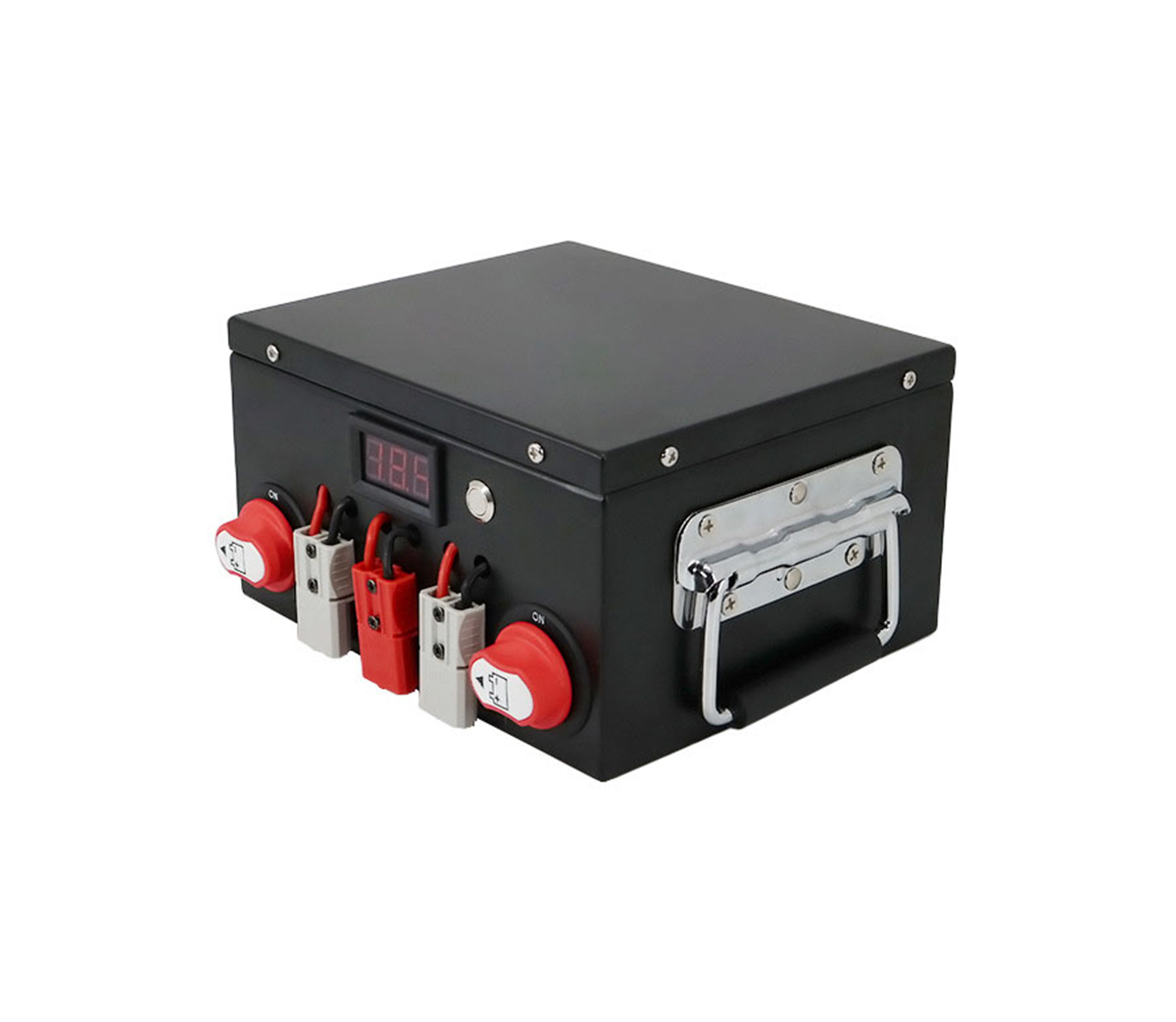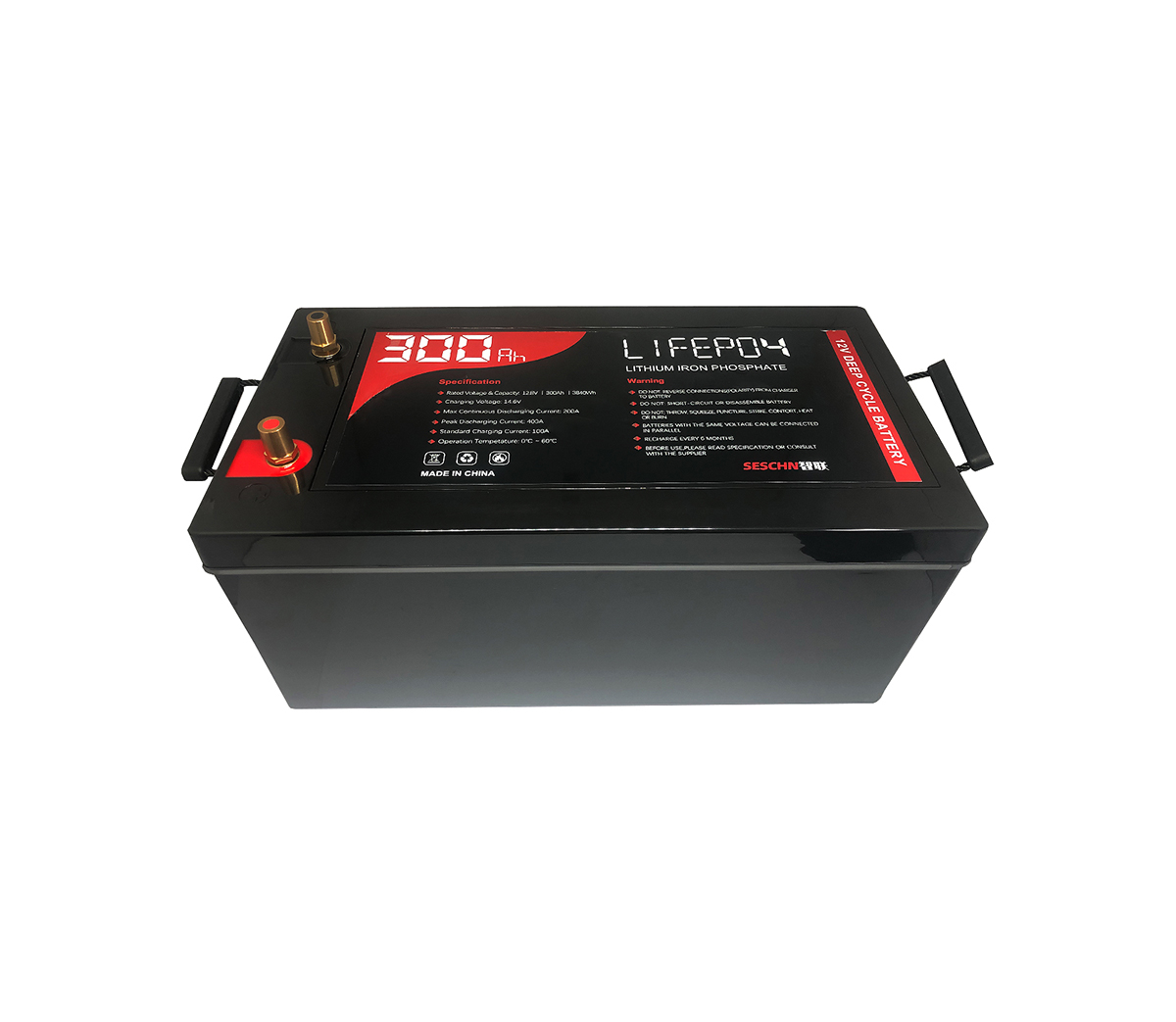Analyze the technology used in polymer lithium-ion batteries
This article mainly discusses the technology used in the analysis of polymer lithium-ion battery performance, positive and negative electrodes.
Energy and the environment are two serious problems that human beings must face when entering the 21st century. The development of new energy and clean and renewable energy is one of the most decisive technological fields in the world economy in the future. Lithium-ion battery has developed extremely fast since its inception. This is because it just meets the requirements of the rapid development of mobile communications and notebook computers for power supply miniaturization, light weight, long working time, long life, no memory effect, and no pollution to the environment. . The replacement of liquid electrolytes with polymer solid electrolytes to manufacture polymer lithium-ion batteries is a major advancement in lithium-ion batteries. Its main advantage is that it has high reliability and The desire for a thin and high degree of freedom battery has been realized. Polymer lithium-ion battery technology Polymer lithium-ion battery technology Click here to view all news pictures 1 The structural characteristics of lithium-ion batteries The positive and negative active materials of lithium-ion batteries are intercalation compounds. When charging, Li+ is removed from the positive electrode and inserted through the electrolyte. To the negative electrode; when discharging, the opposite is true. The charging and discharging process of the battery is actually the process of Li+ insertion and extraction back and forth between the two electrodes, so this kind of battery is also called "Rocking Chair Batteries" (RCB). The reaction schematic and basic reaction formula are as follows: 2. Polymer lithium ion battery technology 2.1 Performance characteristics of polymer lithium ion battery Polymer lithium ion battery refers to a lithium ion battery using solid polymer electrolyte (SPE) as the electrolyte. The battery consists of a positive electrode current collector, a positive electrode film, a polymer electrolyte membrane, a negative electrode film, and a negative electrode current collector. The composite film is formed by pressing and encapsulating the aluminum-plastic composite film, and the edges are heat-melted and sealed to obtain a polymer lithium ion battery. Since the electrolyte membrane is solid, there is no leakage problem, and the battery design has a large degree of freedom. It can be connected in series and parallel or adopt a bipolar structure as required. Polymer lithium-ion batteries have the following characteristics: ① shaping flexibility; ② higher mass specific energy (3 times that of MH-Ni batteries); ③ wide electrochemical stability window, up to 5V; ④ perfect safety and reliability; ⑤Longer cycle life, less capacity loss; ⑥High volume utilization; ⑦Wide application areas. Its working performance indicators are as follows: working voltage: 3.8V; specific energy: 130Wh/kg, 246Wh/L; cycle life: >300; self-discharge: <0.1%/month; working temperature: 253-328K; charging speed: 1h up 80% capacity; 3h to reach 100% capacity; Environmental factors: non-toxic. 2.2 The characteristics and price of the positive electrode material of lithium ion batteries are closely related to its positive electrode material. Generally speaking, the positive electrode material should meet: (1) Within the required charge and discharge potential range, it has electrochemical compatibility with the electrolyte solution; ⑵ Mild electrode process dynamics; ⑶ Highly reversible; ⑷ Good stability in the air under full lithium state. With the development of lithium-ion batteries, research work on high-performance and low-cost cathode materials is constantly being carried out. At present, research is mainly focused on lithium transition metal oxides such as lithium cobalt oxide, lithium nickel oxide, and lithium manganese oxide.


































